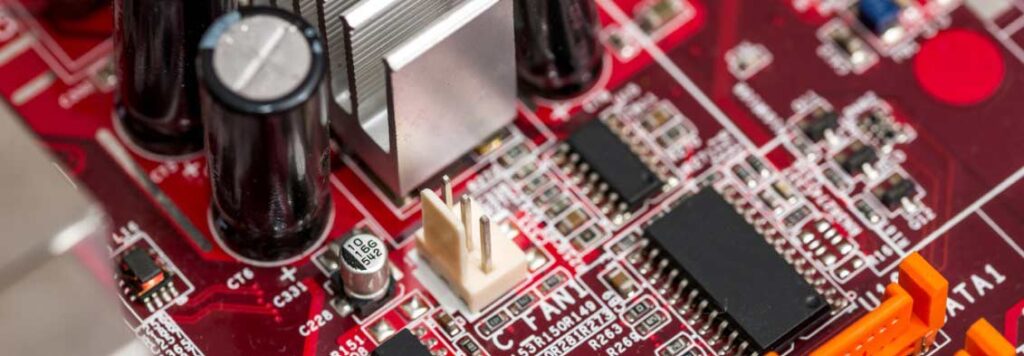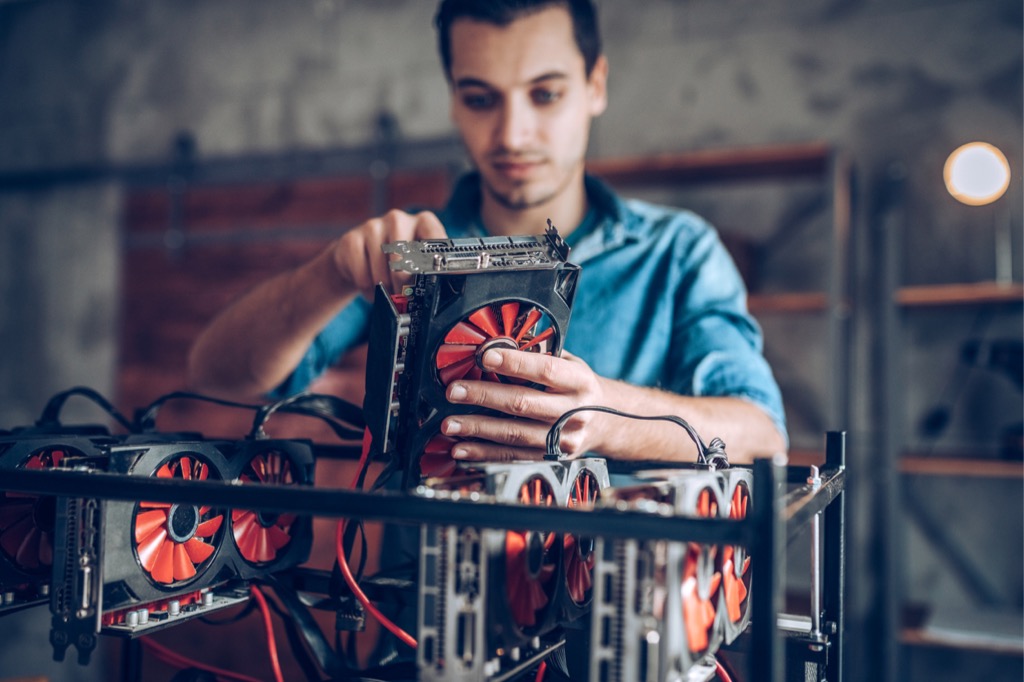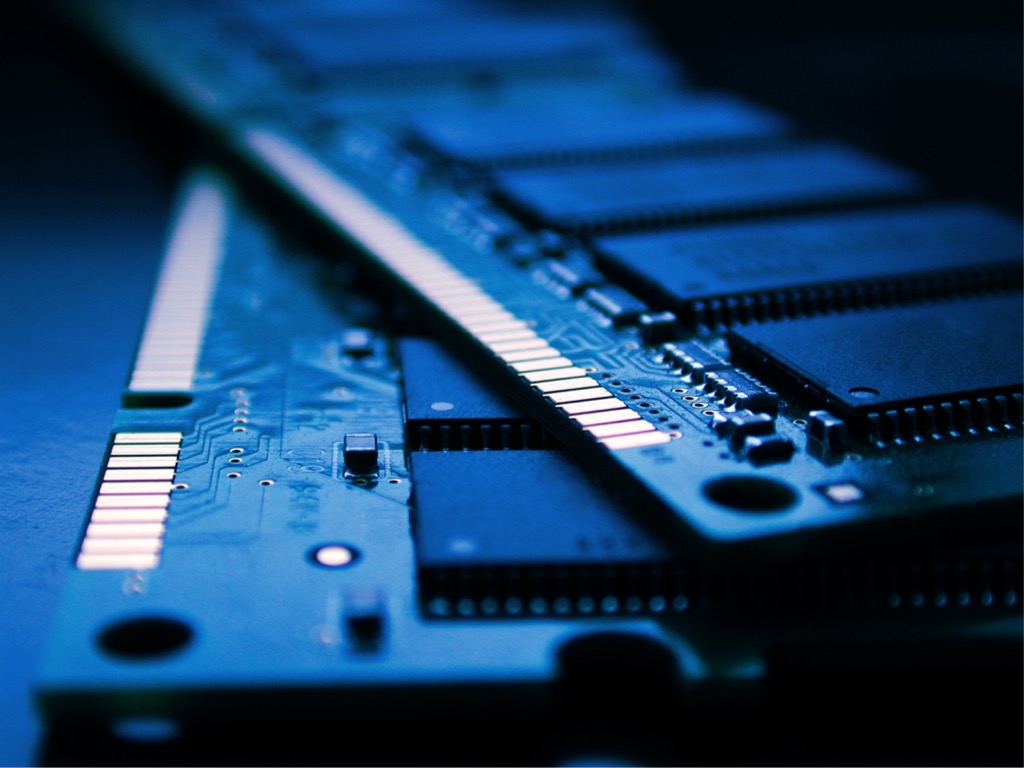What to Do with Old Computer Parts?
Introduction
Old computer parts – what do you do with them? Replacing your PC is a more straightforward decision than deciding what to do with old PC parts. Do you discard the old PC the way you would with any other trash? What about the security of your data?
If not disposed of properly, could someone retrieve it and use this information against you or your company?
These are all valid concerns, and this article will offer you practical solutions on what to do with old IT parts you no longer need. We’ll also discuss a computer’s components so you better understand what exactly you’re working with when reusing old computer parts.
What are Some Uses for Old Computer Parts?
There are many uses for unwanted computer parts, which is why discarding old computers in the trash is not the best option. Here’s a list of ideas you can do by yourself to repurpose your old computer parts. We’ll dig deeper into the ideas in the following sections so you can understand what to do with these unwanted parts:
- Gift a friend or family member with the old PC
- Donate your computer to a charity that offers them to those that need them
- Sell your computer to an electronic waste recycling company
- Use the old computer to learn how to build a PC
Components of a Computer
Knowing what to do with these old parts starts by understanding the components that make up a computer.
Motherboard
The motherboard Is the core component that connects and communicates with all other parts of a computer. It’s a printed board made up of circuits that distributes power and instructions to all the computer components. The motherboard also enables the communication between the Random Access Memory (RAM), Central Processing Unit (CPU), and other hardware.
The motherboard located within the computer’s case looks like a circuit board with multiple wired connections.


Central Processing Unit (CPU)
The Central Processing Unit (CPU) is essentially the logic unit that executes commands. Also known as a microprocessor, the CPU performs all computer instructions by executing logical, arithmetic, and any other operation done by a computer user.
The essential components of a CPU include a control unit and an Arithmetic Logic Unit (ALU) that registers, processes, and stores instructions.
Graphics Processing Unit (GPU)
Also known as a graphics card, the GPU is the component that connects to your monitor to display rich and clear graphics on your computer. It’s also a processor that runs graphical operations either as 2D or 3D representations. The GPU grew in demand as video games required high-end graphics.
It’s important to note that the quality of your monitors goes hand in hand with the graphics card, which means that having a high-end graphics card will not deliver high definition images on a low-resolution monitor.


The Random Access Memory is hardware that stores temporary data about your computer’s processes and programs. The CPU & GPU access this provisional data to run operations because it’s faster to read and write from the RAM.
In addition, Random Access Memory is volatile because it’s contents are retained in the hardware as long as the computer is switched on. If you turn off the PC, all RAM data is lost—additionally, application programs and your Operating System boots from the Random Access Memory.
Hard Disk Drive
The Hard Disk Drive (HDD) is the central storage unit that stores programs, files, and folders. Hard disk drives are now solid-state in newer computers, so they have no moving parts to fail. Known as Solid State Drive (SSD), it’s a non-volatile device that connects to the motherboard and power supply. Most hard drives are placed inside the computer but can also be purchased separately and connected via USB or other high-speed connection if a user wants additional storage.
The Hard Drive stores all the data, programs needed to function.
Computer Accessories
These accessories come as external parts that are easily detachable from the main computer and easily connect to any PC. They include keyboards, mouse, printers, external webcams, external hard drives and microphones.

Make an Informed Decision
What to do with Old Parts?
This section will look at some possible uses for older and unwanted parts and how to reuse them.
Gift a Friend or Family Member the Old PC
Plenty of old computers still have basic functionalities useful as a starter computer especially for your younger friends and relatives in school. Gifting them to your old computer is an excellent way to run basic computer activities while learning to operate and care for a computing device.
Donate your Old Computer to a Charity
Many charities such as reBOOT Canada focus on providing computer equipment, training and technical support to charities, non-profits and people with limited access to technology. These organizations can take your unwanted PC and then repurpose it to someone that can still get plenty of use of it and prevent it from ending up in a local landfill, so it's a win-win situation.
Sell the Old Computer
If you have a modern computer that you want to discard, many people are willing to buy and refurbish it. An excellent place to sell is either on eBay or your local marketplace. Ensure to securely erase all your personal data from the hard drive before selling the computer to someone else.
Use the Old Computer to Learn How to Build a PC
Building PCs from scratch is a popular activity, especially among gamers who prefer to customize units that can handle the intensive speed and graphic requirements of video games. For someone who wants to learn the inner workings of a PC, using an old computer is a great way to learn IT equipment's technical and mechanical aspects.
It's also an excellent exercise to learn problem-solving skills. Take apart the old computer and try to rebuild it from scratch.
Donate Your Computer to an Electronic Waste Recycling Company
Computer recycling is one of the ways to preserve the environment because it keeps harmful materials from flowing into landfills, soil, and water tables. Electronic waste can also contain harmful substances such as lead, mercury which are toxic to humans and are very detrimental if they are not handled and disposed of properly.
If they are released into the environment, they can end up in the water and food chain due to soil contamination. This is why recycling is so important. Recycling companies have the technology to extract these materials safely and is an environmentally safe way to reuse old computer parts.
TechReset specializes in e-waste recycling. Get in touch with them to see how if you can drop off your computer for recycling. Additionally, if you're a large organization with numerous computers, TechReset also helps you recover some revenue from recycling your computers by calculating the Return On Investment of your devices.
